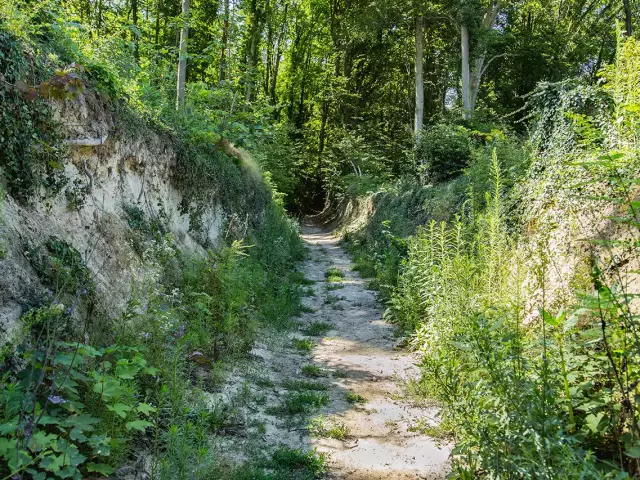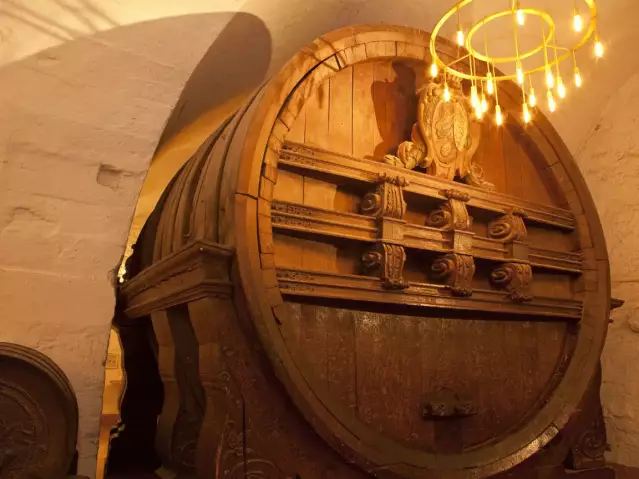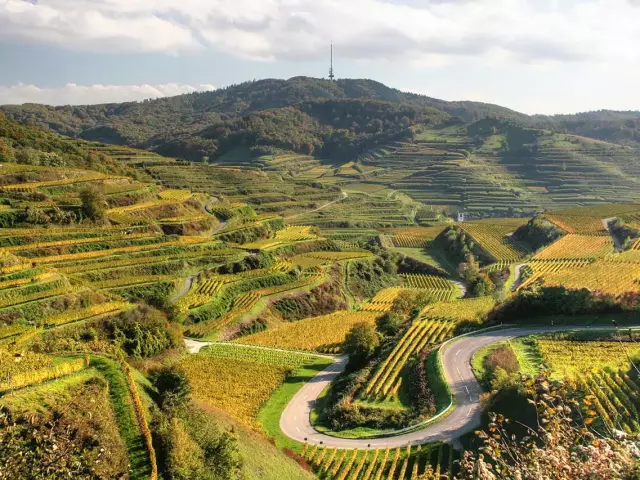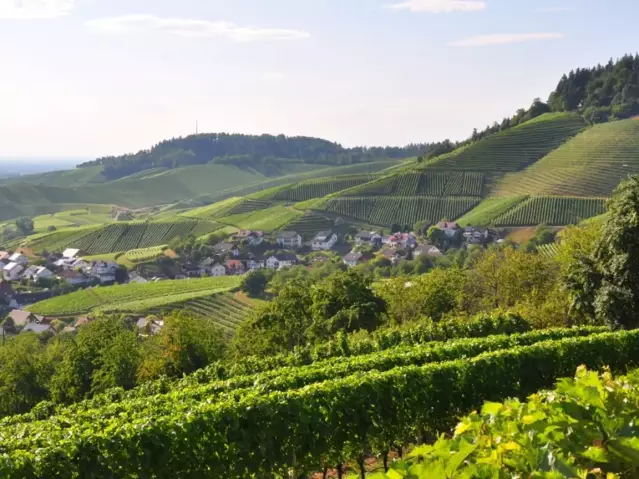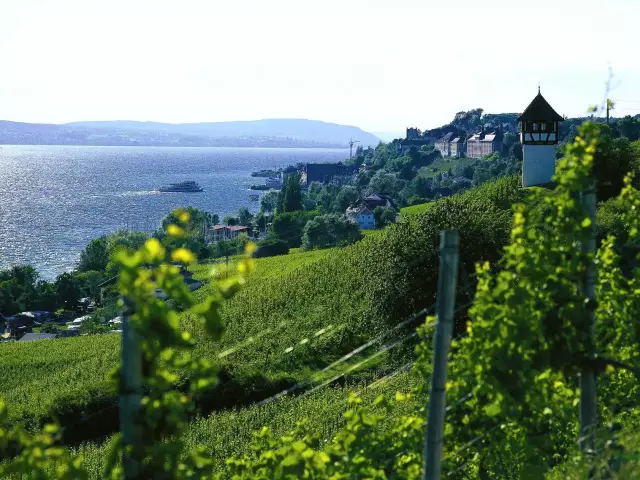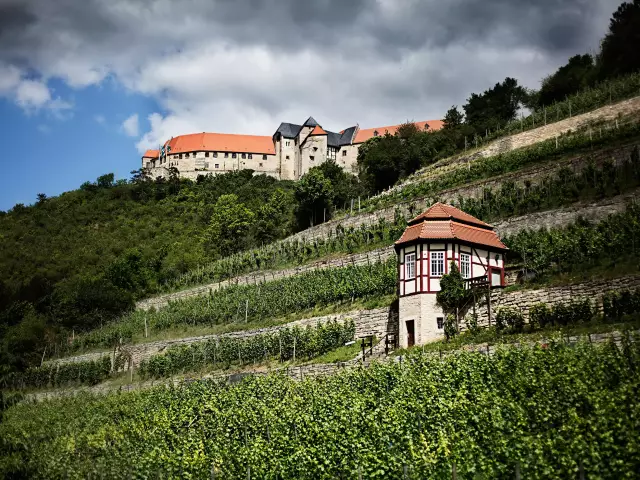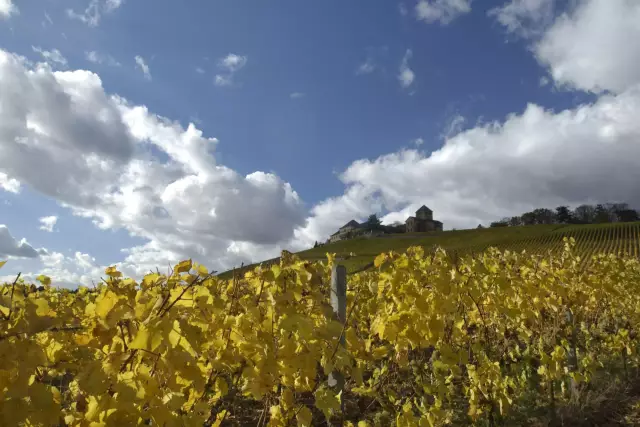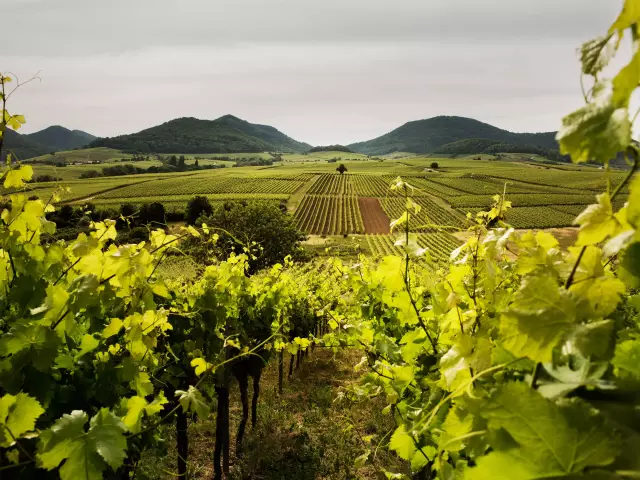Baden
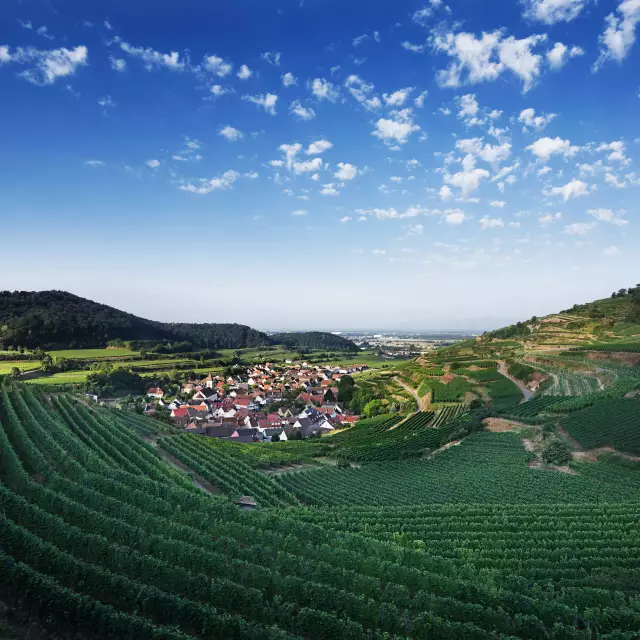
Das Weinbaugebiet Baden, mit 15.679 Hektar Rebfläche das drittgrößte Deutschlands, erstreckt sich in Nord-Süd-Richtung über eine Länge von etwa 400 Kilometern.
Fakten
-
15.679 ha
Rebfläche
-
5.029 ha
Spätburgunder
-
16
Großlagen
-
306
Einzellagen
Entsprechend vielgestaltig präsentieren sich die Weine entlang der Badischen Weinstraße. Diese sind „von der Sonne verwöhnt“, darin sind sich die Weinkenner schon lange einig. So war es nur konsequent, dass Baden als einziges deutsches Weinbaugebiet der EU-Weinbauzone B zugeschlagen wurde. Deshalb müssen die Weine höhere Oechslegrade als anderswo aufweisen.
Reichlich Sonnenscheinstunden und die wohl wärmsten Orte Deutschlands am Kaiserstuhl sorgen dafür, dass dies auch gelingt. Das Anbaugebiet Baden erstreckt sich von der Tauber im Norden bis zum Bodensee im Süden. Die neun Bereiche, in die das Anbaugebiet aufgeteilt ist, sind landschaftlich und klimatisch recht unterschiedlich. So können hier die verschiedenartigsten Weine gekeltert werden. Im Norden des Anbaugebiets, in Tauberfranken, an der Badischen Bergstraße und im Kraichgau stehen Rivaner, Riesling und Schwarzriesling im Vordergrund.
In der Mitte Badens, in der Ortenau, wachsen vor allem Spätburgunder und Riesling, im Süden, also im Breisgau, am Kaiserstuhl und im Tuniberg vornehmlich rote und weiße Burgunder. Das Markgräflerland an der Grenze zur Schweiz pflegt die Weißweinspezialität Gutedel (1.021 ha) , und am Bodensee gedeihen vor allem Spätburgunder und Müller-Thurgau.
Baden ist ein Burgunderland. Die Rebsorten aus der Burgunderfamilie (9.763 ha) machen zusammengenommen 62 Prozent der Rebfläche aus. Beim Spätburgunder (5.029 ha) und Weißburgunder (1.660 ha) ist Baden die Nummer eins in Deutschland. Die in Freiburg gezüchtete neue Sorte Souvignier Gris wird in Baden zwischenzeitlich auf 123 Hektar und damit hierzulande am häufigsten angebaut.
Rebsorten

Höhepunkte der Weinkultur in Baden
Schönste Weinsichten
Weinwanderung Ortenauer Weinpfad
Die Badische Weinstraße bietet passionierten Weinwanderern auf ihren insgesamt 160 Kilometern eine Vielzahl von Routen.

Kontakt
-
Badischer Weinbauverband e.V.
79100 Freiburg im Breisgau-Süd Merzhauser Straße 115 Baden-Württemberg Deutschland



